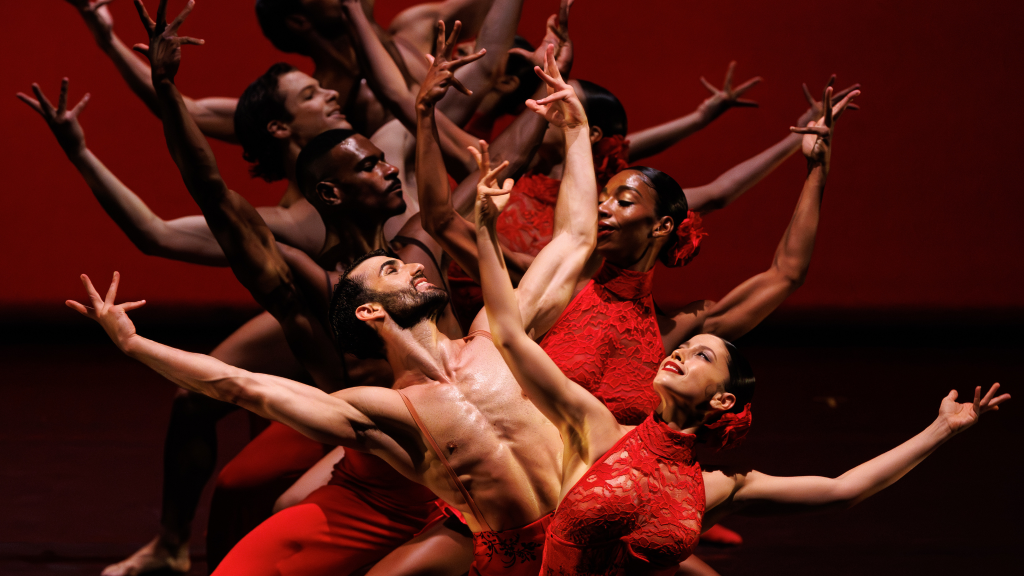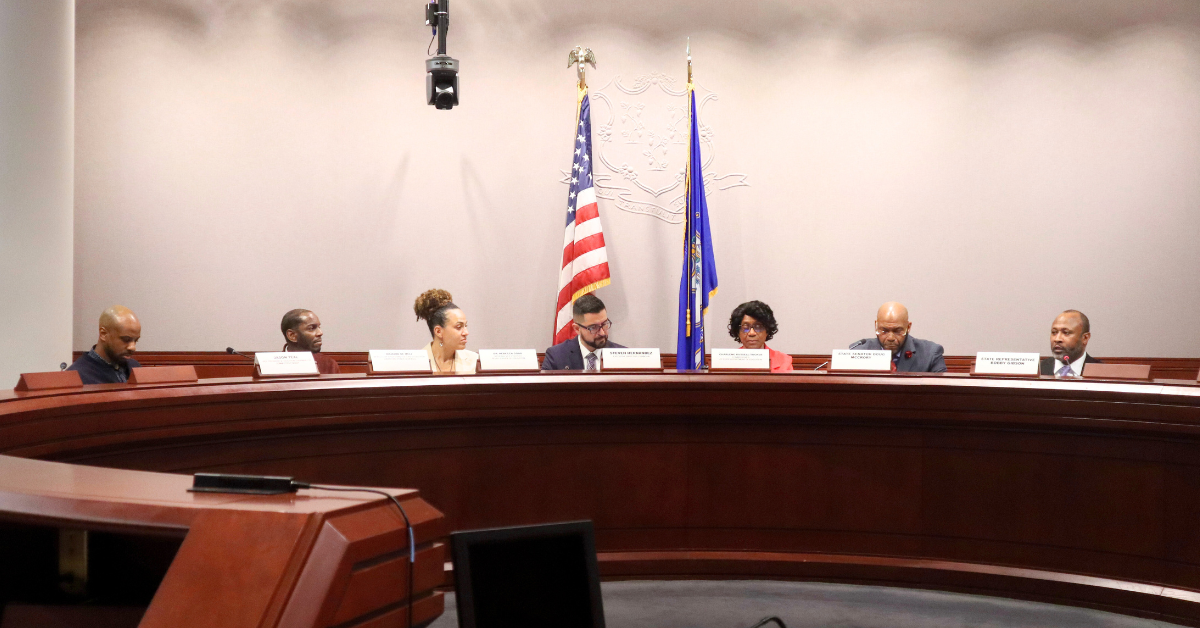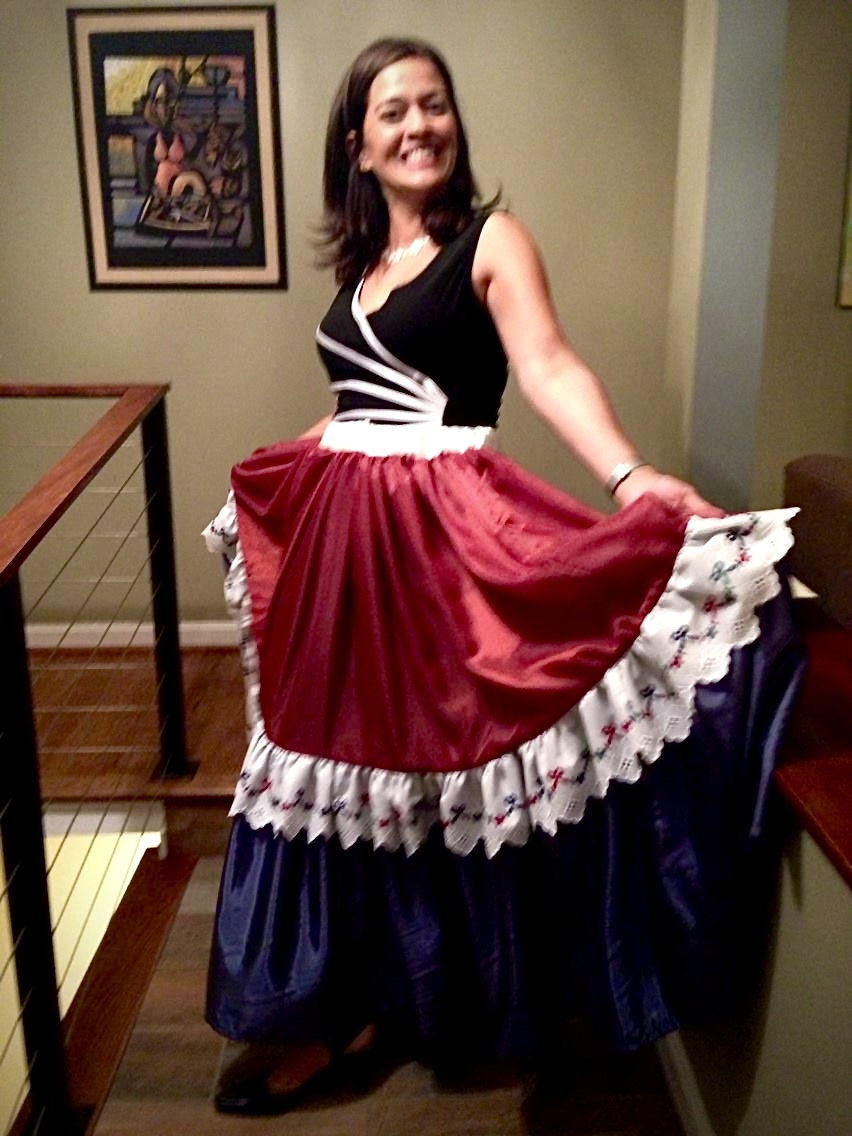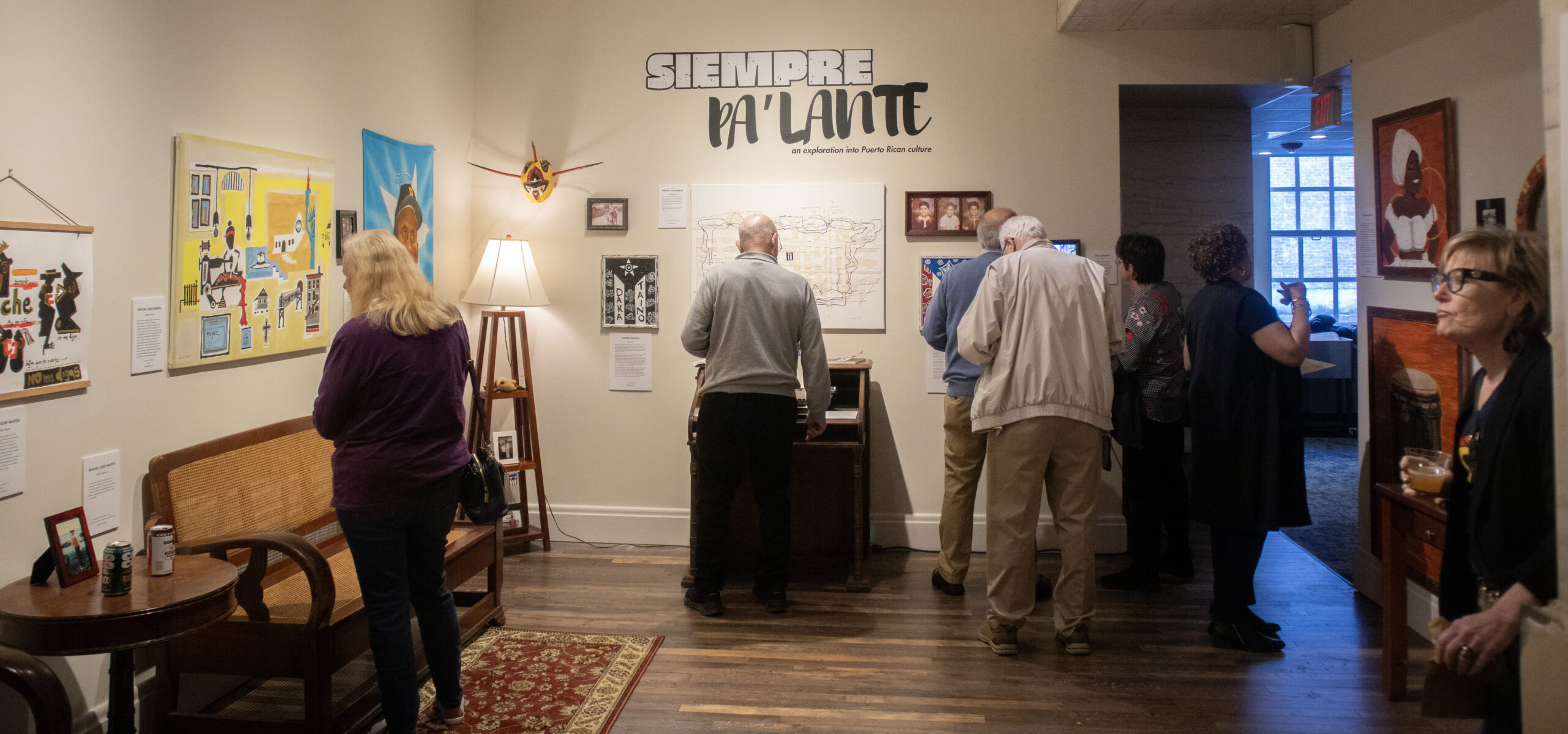NEW LONDON—National Dance Company and School, Ballet Hispánico, looks to showcase and celebrate the diversity of Hispanic/Latino American cultures this Hispanic Heritage Month at the Garde Arts Center in New London on Friday, October 6.
The New York City-based organization performs in Connecticut every two to three years with varying contemporary and cultural productions, shared CEO and Artistic Director Eduardo Vilaro.
“I became an artist because of this company, and I was so enamored of it because it spoke to belonging,” Vilaro told CT Latino News. “And feeling connected, that doesn’t happen immediately to immigrants or immigrant children—It’s a process. So, I found this incredible space that embraces otherness and that embraces my culture.”
Born in Cuba and raised in New York, Vilaro has dedicated his career to exploring and honoring the intersectionality within Latin American experiences.
He has created over 40 ballets—showcased across the country—received the Ruth Page Award for choreography in 2001, was inducted into the Bronx Walk of Fame in 2016, and was awarded HOMBRE Magazine’s 2017 Arts & Culture Trailblazer of the Year.
But it all started at Ballet Hispánico when he was still a student.
“In 1985, I walked in through the door of Ballet Hispánico…I went to take a [company] class and after class was done, the director Tina Ramirez—who also happens to be the founder of the organization—asked me to join the company.”
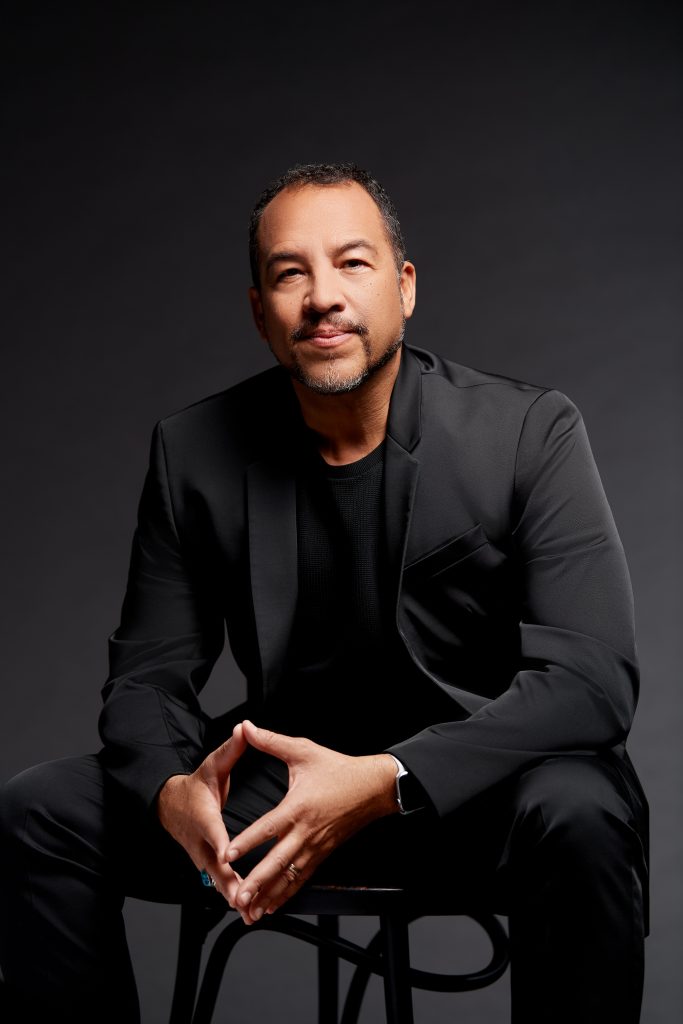
Vilaro had three months left until graduation but Ramirez was passionate about having him join the company for an upcoming tour, so she called Vilaro’s dean and got permission for him to start at the Ballet Hispánico Dance company.
“I cut my teeth as a professional dancer in this organization, immediately traveling the world,” Vilaro said. “As an immigrant kid from the Bronx, it was just a big deal to acclimate and assimilate.”
Vilaro began teaching classes and developing programs at the organization, before becoming a lead voice for Ballet Hispánico. A decade later, Vilaro went on to get a master’s degree in Interdisciplinary Arts at Columbia College Chicago. He then decided to start his own Latino-centric dance organization, Luna Negra Dance Theater in Chicago.
In 2009, Vilaro returned to Ballet Hispánico as its artistic director when Ramirez stepped down from the role.
“I think with each generation comes a change,” Vilaro said. “For years, we were doing works that mainly showed the beauty, the passion, the cisgendered ideals of Latino culture—and that’s okay, because that’s what was acceptable.”
Vilaro explained how shows like West Side Story that center around Hispanic/Latino individuals and showcase their culture can still be stereotypical portrayals of a diverse population.
“What I brought to this organization was an opening up and an expansion of what it means to be Latino and how we see ourselves,” he shared. “As a gay man, I want to show the world that I am Latino and gay too…That it’s not exclusive, it is integrated.”
Vilaro shared how important it is to him that the organization showcases intersectionality and progressive ideals to their Latine audiences as the Hispanic/Latino culture is historically misogynistic and anti-LGBTQ+.
“We wanted to show what Latinx means today…Diversity in its full richness is where we’ve come to now at Ballet Hispánico,” he said. “We’re coming from a time where we had to fit in…because that’s what they expected us to do. They expected the handsome, mustached Latino with the cigarette and they expected the sultry Latina and we don’t have to do that anymore. We can say, forget it. We’re bigger. We’re broader.”

